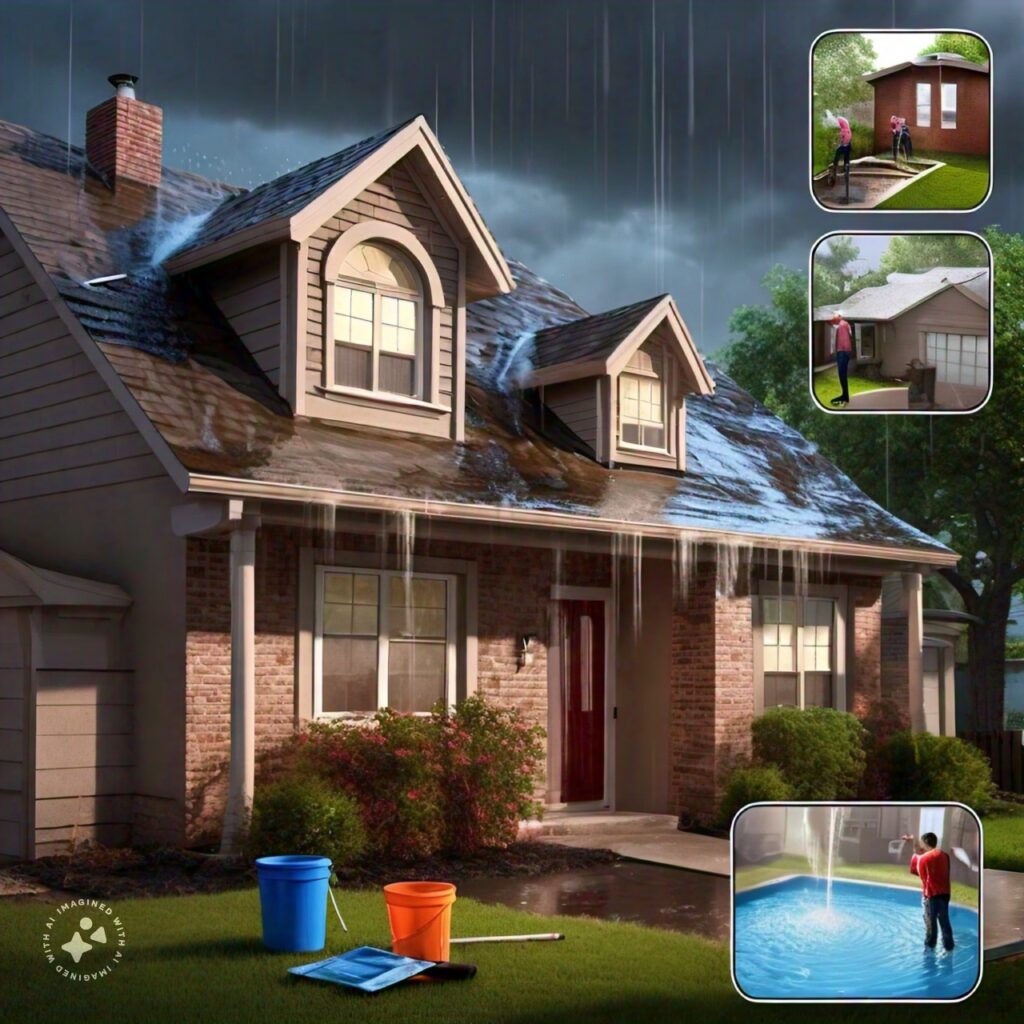I’m your friendly handyman from Singapore, here to help you with all your roof waterproofing needs. Waterproofing your roof is super important to protect your home from leaks and damage.
Here are five key things you need to know before starting the process. Let’s get started!
1. Check the Roof Condition
Before you begin waterproofing, you must check the condition of your roof.
Look for any cracks, holes, or damaged areas. These need to be fixed before applying any waterproofing materials.
If you don’t repair these issues first, water can still find its way in and cause damage.
How It Helps: Fixing these problems first ensures that the waterproofing will be effective. It stops water from sneaking in through damaged areas and keeps your home safe and dry.
2. Choose the Right Waterproofing Material
There are different types of waterproofing materials available, such as bitumen, liquid sealant, and membrane sheets.
Each material has its pros and cons. It’s important to choose the right one based on your roof type and the weather conditions in Singapore.
Bitumen
Bitumen is a popular choice for roof waterproofing. It’s a sticky, black substance that can be applied in sheets or as a liquid. Bitumen is known for its durability and strong waterproofing properties.
Benefits:
- Highly durable and long-lasting.
- Provides excellent waterproofing.
- Suitable for flat and low-slope roofs.
Liquid Sealant
Liquid sealant is applied as a liquid and dries to form a seamless, rubber-like coating on your roof. This type of waterproofing is versatile and can be used on various roof shapes and materials.
Benefits:
- Easy to apply, even on complex roof shapes.
- Forms a seamless, flexible barrier.
- Can cover small cracks and gaps effectively.
Membrane Sheets
Membrane sheets are pre-formed waterproofing layers that are rolled out and adhered to the roof surface. They can be made from various materials like rubber, plastic, or bitumen.
Benefits:
- Provides a uniform, consistent layer of protection.
- Can be quickly applied to large areas.
- Suitable for both flat and sloped roofs.
How It Helps: Using the right material ensures that your roof will be well-protected against heavy rain and humidity. It also makes the waterproofing last longer, saving you money on future repairs.
3. Understand the Climate
Singapore’s weather can be quite unpredictable, with heavy rains and high humidity being common. Understanding the climate is crucial when planning your roof waterproofing. You need a solution that can withstand heavy downpours and intense heat.
How It Helps: Choosing a waterproofing method suited to our local climate ensures long-lasting protection. It prevents common problems like mold and mildew, which thrive in humid environments.
4. Plan for Proper Drainage
Effective waterproofing isn’t just about sealing the roof; it’s also about ensuring proper drainage. Water should flow off the roof quickly and efficiently, without pooling in any areas. Check that your gutters and downspouts are in good condition and positioned correctly.
How It Helps: Good drainage prevents water from sitting on your roof and seeping through, which can cause leaks and structural damage. It also reduces the risk of mold and other water-related issues inside your home.
5. Consider Long-Term Maintenance
Waterproofing isn’t a one-time fix. To keep your roof in good condition, regular maintenance is necessary. This includes inspecting the roof periodically, cleaning gutters, and reapplying waterproofing materials as needed.
How It Helps: Regular maintenance extends the life of your roof and the effectiveness of the waterproofing. It helps catch potential problems early, saving you from costly repairs down the road.
5. Hire a Professional
Waterproofing a roof can be a tricky job. It’s best to hire a professional with experience in roof waterproofing. They have the right tools and knowledge to do the job properly and safely.
How It Helps: A professional will ensure the job is done right the first time, preventing any mistakes that could lead to more damage. They can also give you tips on maintaining your roof, so it stays in good shape for years to come.
Recent Blogs
- 5 Signs Your Roof Tiles Need ReplacementIf you’re wondering about the lifespan of your roof tiles, and what are some signs… Read more: 5 Signs Your Roof Tiles Need Replacement
- Common Shower Head Leaks: Causes and FixesAs a trusted service provider at Mr. Handyman in Singapore, we understand the frustration of… Read more: Common Shower Head Leaks: Causes and Fixes
- Understanding HDB Toilet Ceiling Leaks and ResponsibilityIf you’re dealing with a leaking toilet ceiling in your HDB (Housing and Development Board)… Read more: Understanding HDB Toilet Ceiling Leaks and Responsibility
- How to Fix a Leaking Kitchen TapAt Mr. Handyman in Singapore, we know that dealing with a leaky kitchen tap can… Read more: How to Fix a Leaking Kitchen Tap
- HDB Pipe Leaking: 4 Reasons and How to Fix/StopWelcome to MrHandyman, your trusted service provider in Singapore. We’ve helped thousands of people to… Read more: HDB Pipe Leaking: 4 Reasons and How to Fix/Stop




